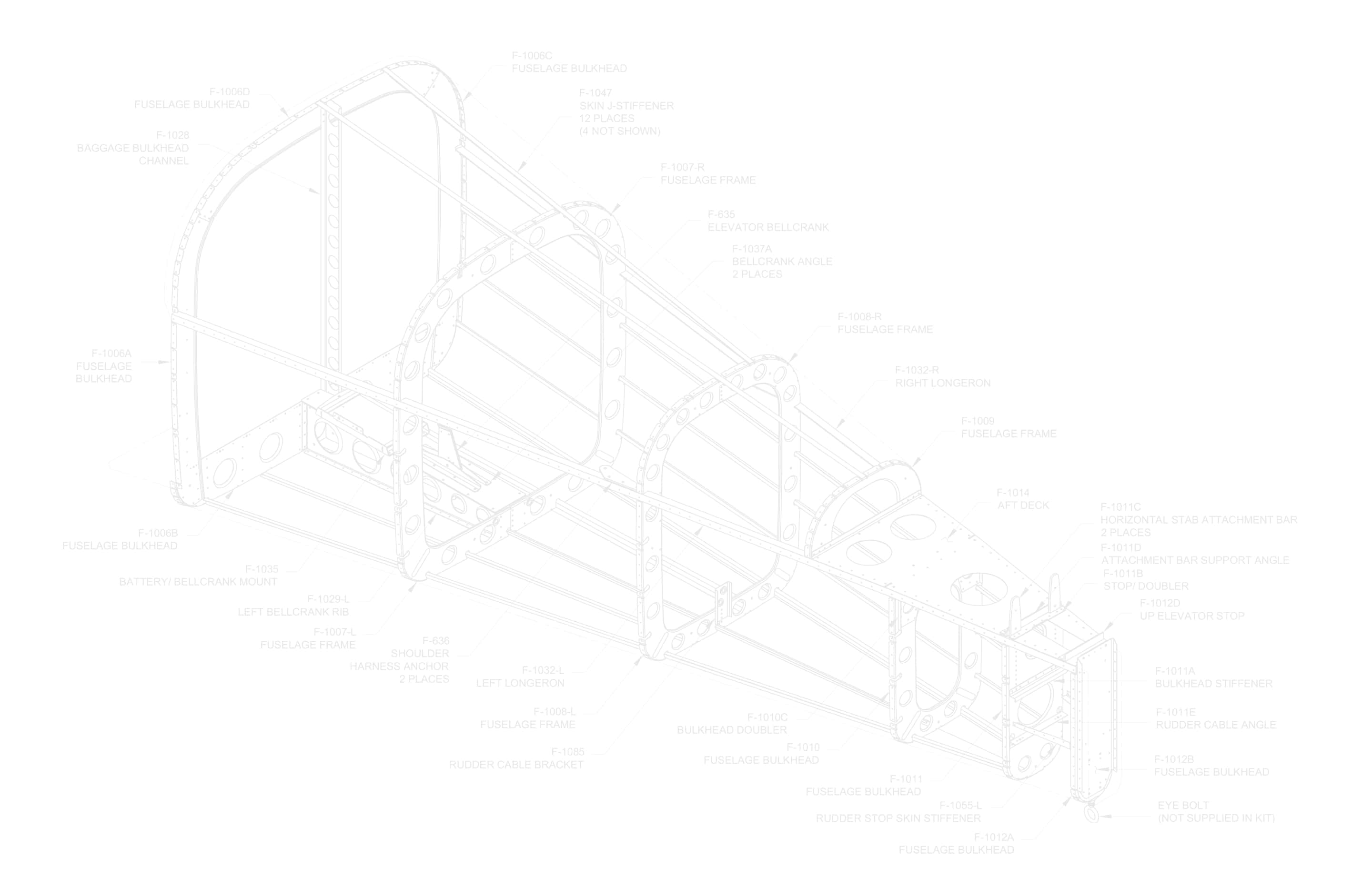- Single Seat
- You wear this aircraft like a glove, an extension of your body. It's the only single-seat aircraft we've built for production.
- Aerobatic
- It'll go upside down, no problem! And you'll have fun doing it, quickly and easily.
- Agile
- Everyone who flies it will tell you, it's a fun ship! Snappy, responsive, and goes right where you tell it to.
- RV-3
 Single seat, well-balanced, harmonized flight. Light, fast, nimble, and possessing remarkable short field capabilities, the RV-3 is the airplane responsible for the original "RV Grin" – the expression found on the face of every pilot after his or her first flight in an RV.
Single seat, well-balanced, harmonized flight. Light, fast, nimble, and possessing remarkable short field capabilities, the RV-3 is the airplane responsible for the original "RV Grin" – the expression found on the face of every pilot after his or her first flight in an RV.



